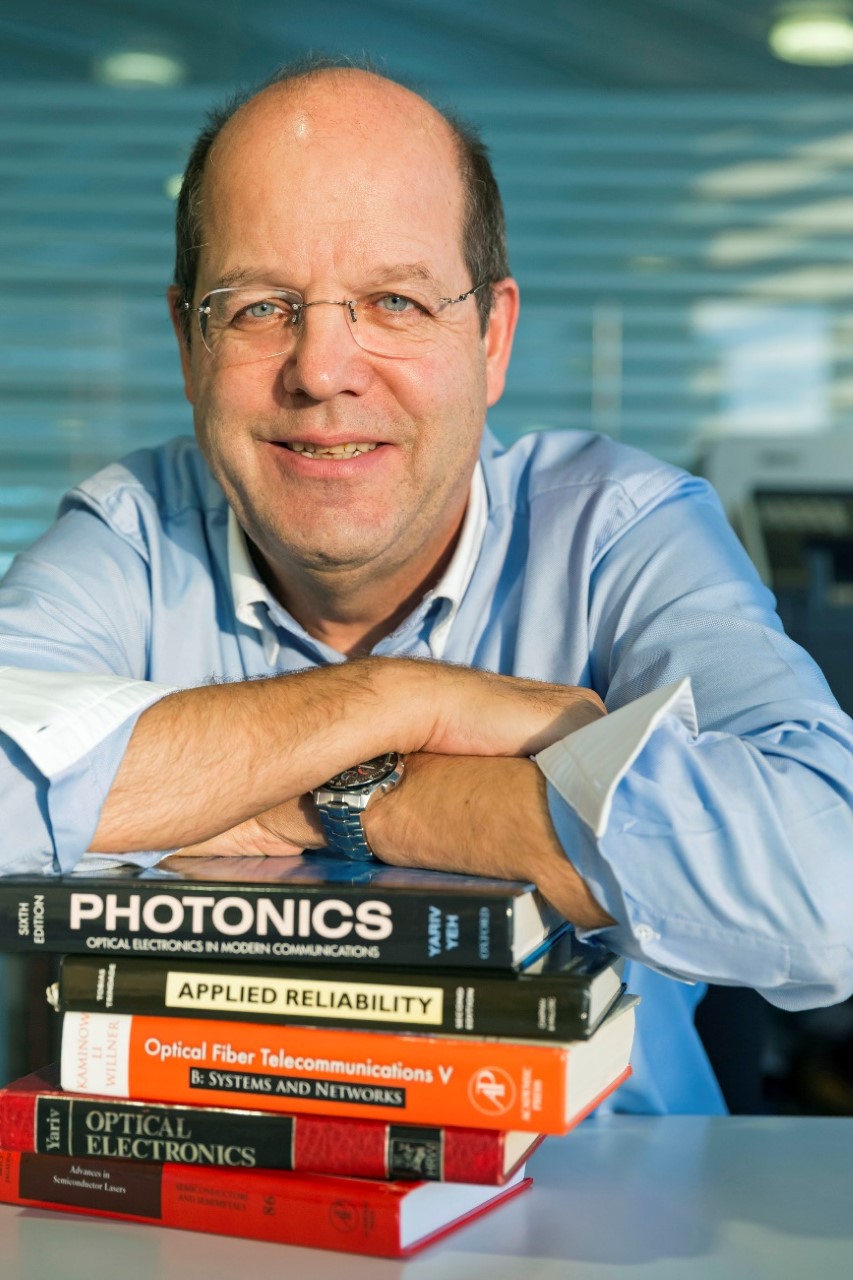Photonics: Science to Market

Photonics: Science to Market
Pushing the frontiers in photonic physics (now often called quantum), SMEs translate this knowledge through innovation into products
Photonics is recognized as a key technology for the 21st century, as evident with 17 Nobel laureate prizes to 33 scientists since 2000 and its omnipresent use in modern equipment, production, or communication tools. Photonics has become so dominant in pushing the frontiers of physics that photonics-related Nobel prizes now cover the fields of solid-state physics, quantum physics, astronomy, time measurement, and general relativity. There is so much momentum that additional discoveries and related Nobel prizes can be expected in the future, and the industry will collect the fruits by translating these discoveries into products, revenue, and profit.With Photonics, completely new technologies and combinations of technologies are available that are important for various growth markets. Photonics is very interdisciplinary and a fundamental driver of technologies, processes, and applications. Photonics technologies play an essential role in solving the big challenges of the global society, such as health, ecology, and digitalization.
Photonics is the basis for the success of big technology companies producing the solid state components, lighting, solar cells, displays and cameras that have delivered ever improved performance at ever lower prices to our society. All these products are based on novel, artificially engineered materials that efficiently transform light into current and vice versa. But even more important are the applications based on these technologies, be it smartphones or autonomously driven cars with an abundance of data driving the field of digital signal processing and artificial intelligence.
Photonics is such a diverse enabling technology that only a limited range of applications can be driven by big companies, and so the most fruitful field is in the hands of highly skilled and very flexible small and medium-sized companies covering a tremendous range of markets. SMEs that have a close connection to leading scientists at universities, and professors who work as consultants at SMEs are key to driving this innovation. The speed from science to market is key for success as the first on the market can profit from higher prices.There will be many opportunities for companies to reap the fruits of applying our continuously increasing knowledge in science to the market.

Dr. Christoph Harder
president
SwissPhotonics NTN
CEO Harder & Partner

Source:
PhotonicsViews 5/2020
Contact Swissphotonics NTN
Dr. Christoph S. Harder
President Swissphotonics NTN
+41 79 219 90 51
29 November 2020, Beni Muller + Iris Bollinger

